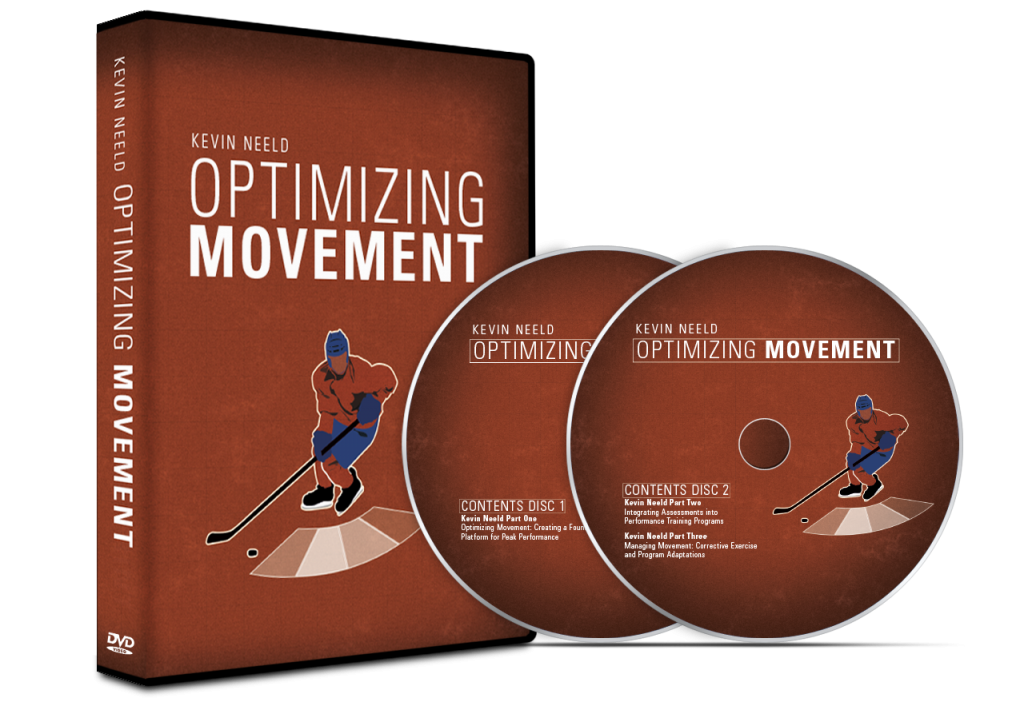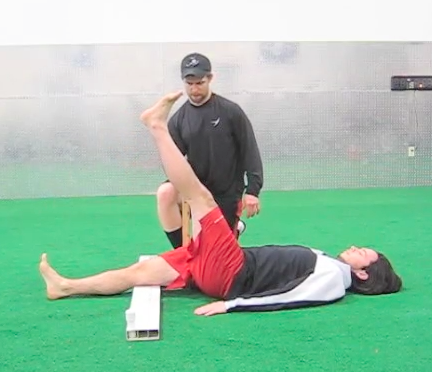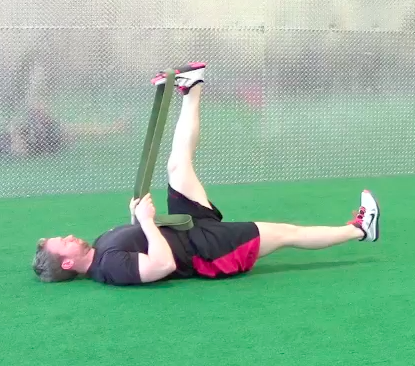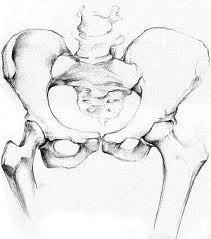If you missed the first two parts of this “Optimal Movement Series”, I’d encourage you to check them out at the links below, as they really lay the platform for today’s discussion.
One of the big questions that comes up in discussing integrating assessments and corrective work into training programs (and it’s a good one) is simply, “How do I do this in a group setting?” The reality is that for some of you, this will be much more easily accomplished than for others depending on the number of athletes and the amount of resources (e.g. time, space, equipment, help, etc.) you have. While the implementation will change depending on the setting, the thought process should remain almost exactly the same.
1) Identify the Assessments
The goal here is to decide, based on the logistical concerns identified above, which assessments you want to use. In making these decisions, consider:
- Which assessments do I (and the supporting staff) feel comfortable performing? Invalid data isn’t worth collecting unless you recognize it’s just more practice for you to get better at the assessment.
- Which assessments provide me the most usable information that will govern my programming and/or my approach to training an athlete? If there is no use for the collected information, it’s probably not worth collecting.
- Related to above, which assessments have correctives that I can successfully implement based on logistics? This is a big one, as it comes back to the idea of “if you can’t successfully teach it, don’t program it.”
2) Divide the Group into Buckets
The goal here is to provide everyone with the correctives that will best address their primary or most prominent restriction or dysfunction, while also keeping the implementation realistic. Naturally, if you have 20 athletes and you have 3 different corrective exercises for each of them that are all completely unique, the program will fail because it’s simply not feasible to teach 60 exercises at one time. Most assessment systems will have a priority order in terms of what to address first. For example, the FMS hierarchy is to address limitations in mobility tests, then stability tests, then integrated movement tests. Similarly, PRI would suggest addressing those with a dominant “Posterior Exterior Chain” (limitations of hip adduction on both sides) before addressing a “Left Anterior Interior Chain) (limitations of hip adduction on the left only). You can use these algorithms as a starting point to simplify the implementation of the corrective process.
For example, with the junior hockey team I’m training this year, we performed the Shoulder Mobility, Active Straight Leg Raise, and Ankle Mobility (an assessment I learned at an FMS course, but not technically part of the FMS “7”) assessments from the FMS, and the Extension Drop, Adduction Drop, and Passive Abduction Lift tests from PRI (among many others). Using this information, I was able to put the players into PRI and FMS buckets:
- PRI: PEC, Patho Left AIC (L anterior hip capsule laxity), Left AIC
- FMS: Shoulder Mobility, Active Straight Leg Raise, Ankle Mobility
Then based on these buckets, I put together 1-3 correctives based on each pattern/limitation/dysfunction, and posted them all on a sheet on the wall. Because a lot of the PRI exercise concepts were new to the guys, I chose exercises for the patterns that were fairly similar, but with a few different tweaks, so when the kids came in, I could teach a few different exercises at once and simply and quickly explain how to tweak it based on the specific exercise the player had. Most players had 2-3 PRI-based exercises, and then if they also fell into any of the FMS buckets, they would have one corrective for that, so at most someone would have 6, which didn’t happen in the first phase (Some players had 5, most had 3 or 4). Importantly, because of the overlap in the PRI exercises between the different buckets, I only had to teach ~8 different exercises, which was very manageable.
Teaching all of these on Day 1 to a team that was largely unfamiliar with the idea of assessments and corrective work, let alone exercise driven by breathing sequences, was a lot of work. Day 2 was still a lot of work, but less as the players began to internalize the positions, movements, breathing sequences, and what they should be feeling. A couple months into the season, it’s been fun as some of the players will simply ask others how to do things and those players will teach/explain it to their teammate…correctly.
Corrective Exercise without Corrective Exercise
Mathematically, you can make something more positive by adding more positives or by subtracting negatives. Similarly, you can improve movement quality by adding positives or by removing negatives. In this context, positives might refer to corrective exercises to restore neutrality, mobility, and appropriate strength/control, and/or cuing in the form of physical touch, verbal instructions, or using implements like bands or balloons to drive the pattern you want. Negatives may simply refer to removing or changing exercises that don’t suit the individual athlete’s structure/function. For example, consider a posterior chain exercise for these populations:
- 5’8” athlete with optimal mobility: Trap Bar Deadlift with low grip from floor
- 6’4” athlete with optimal mobility OR 5’8” athlete with limited hip flexion: Trap Bar Deadlift with high grip from floor
- 6’4” athlete with limited hip flexion: Trap Bar Deadlift with high grip from blocks
Using this example, telling the 6’4” athlete with limited hip flexion to pull from the floor because that’s “full range of motion” would be misguided, and ultimately lead to excessive wear and tear on the athlete’s hip, lumbar spine, and any number of other places up and down the chain.
This is an oversimplified illustration of this concept, but the idea is to keep the pattern the same, but change the execution of the exercise based on the individual’s structure and functional competence. Simply changing the execution of exercises based on what depths/positions best cater to that individual’s structure can have a profound impact on that athlete’s ability to develop the physical capacities intended from the program while minimizing the risk of injury, which is always the goal.
Be an astute observer of movement and don’t make assumptions about what range of motion an individual should or shouldn’t have, and don’t hesitate to alter the performance of an exercise based on what allows the individual to perform the movement with the most optimal alignment and stability. Following these steps will make EVERY exercise more corrective…or at least less destructive, and allows you to improve (read: individualize) the execution of every exercise in group settings.
Get Optimizing Movement Now!
“…one of the best DVDs I’ve ever watched”
“A must for anyone interested in coaching and performance!”
Click here for more information >> Optimizing Movement
To your success,
Kevin Neeld
OptimizingMovement.com
UltimateHockeyTraining.com
Please enter your first name and email below to sign up for my FREE Athletic Development and Hockey Training Newsletter!





